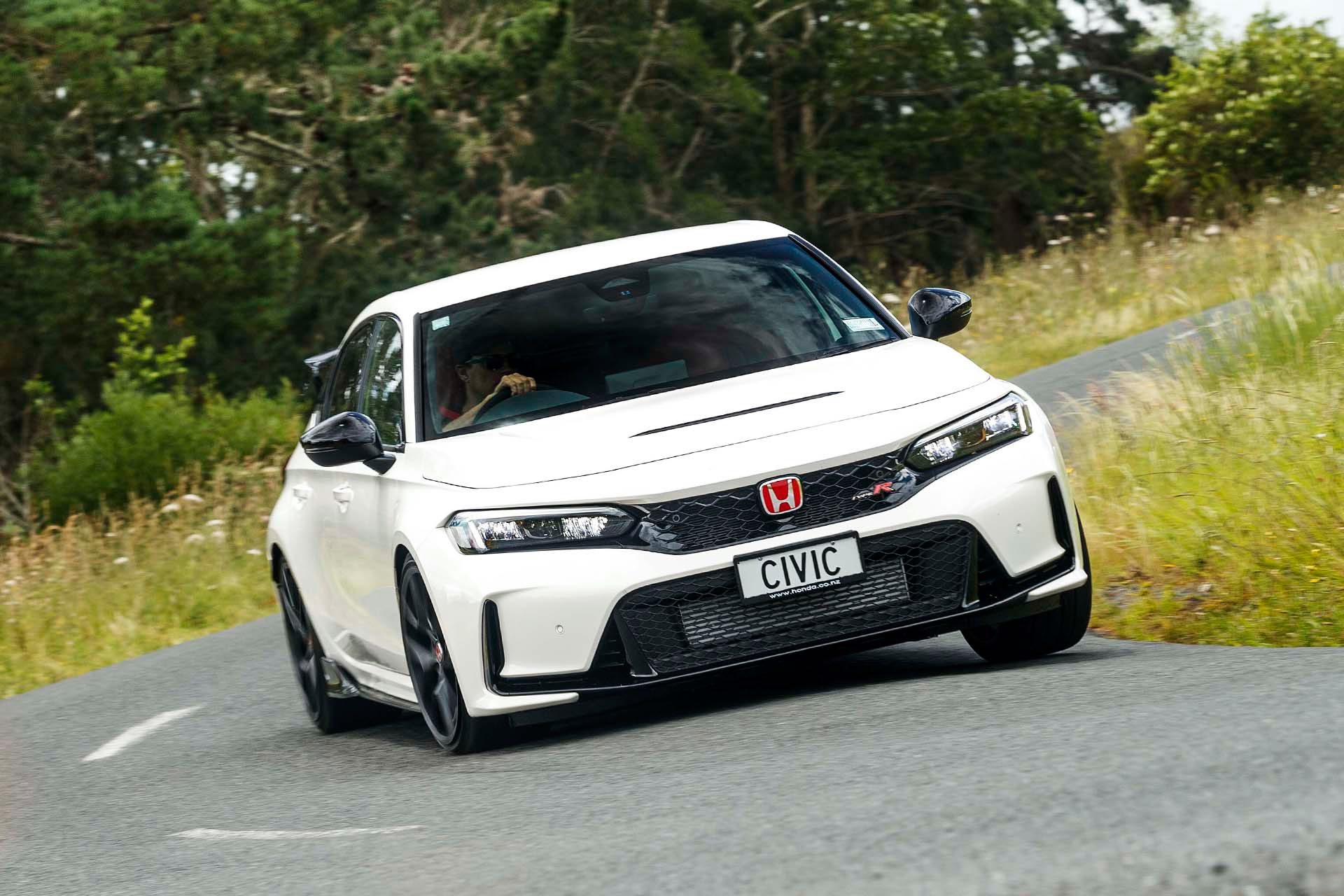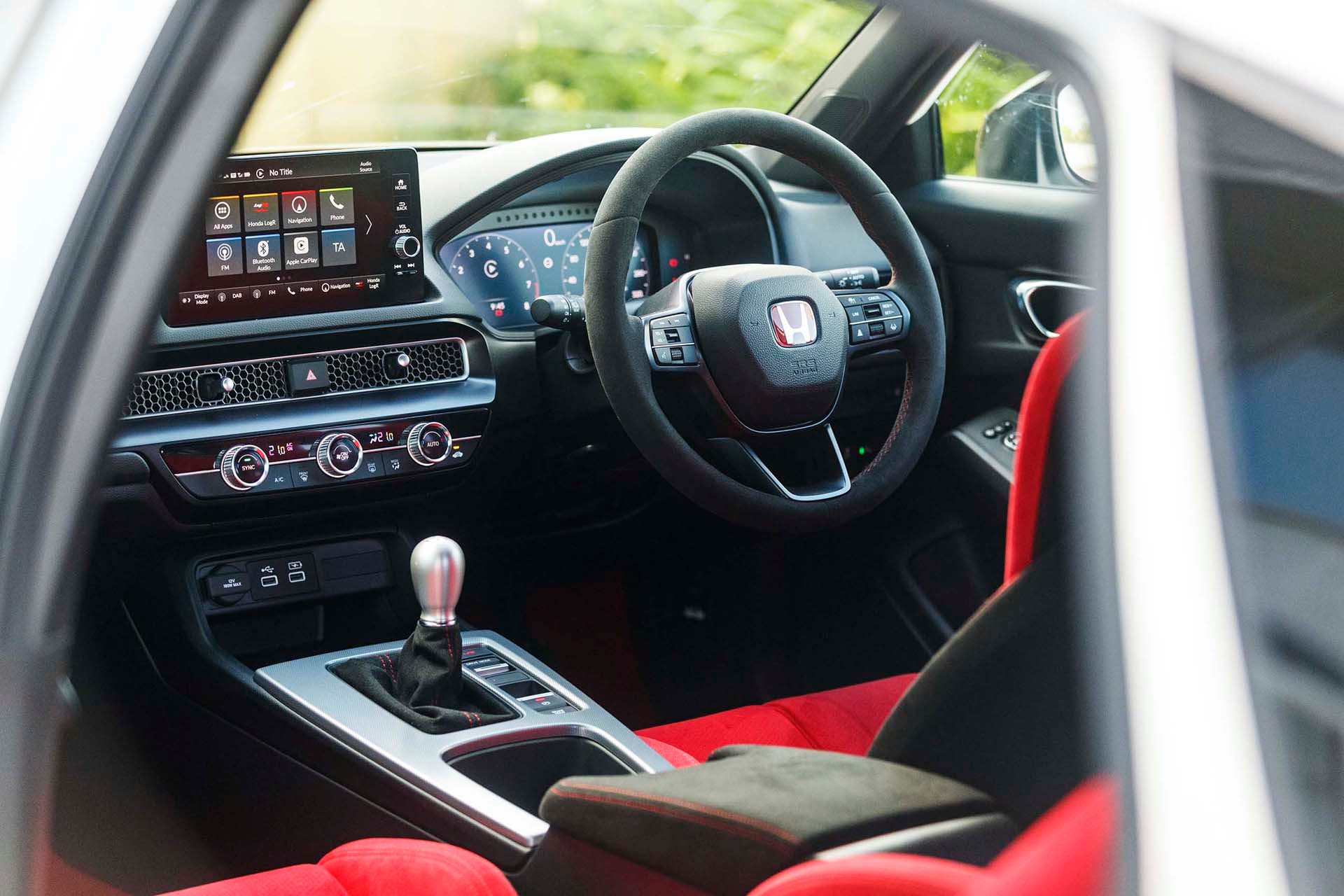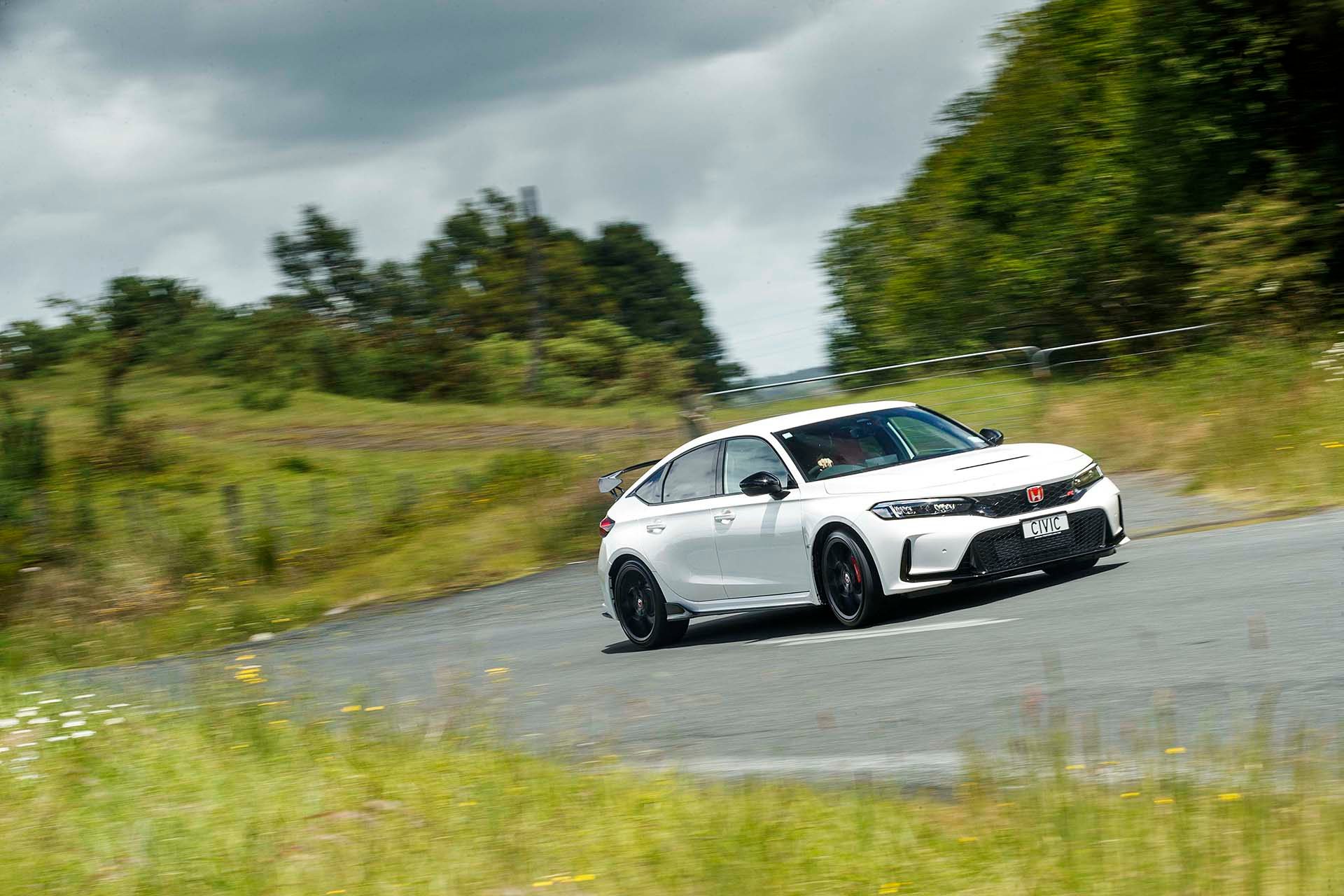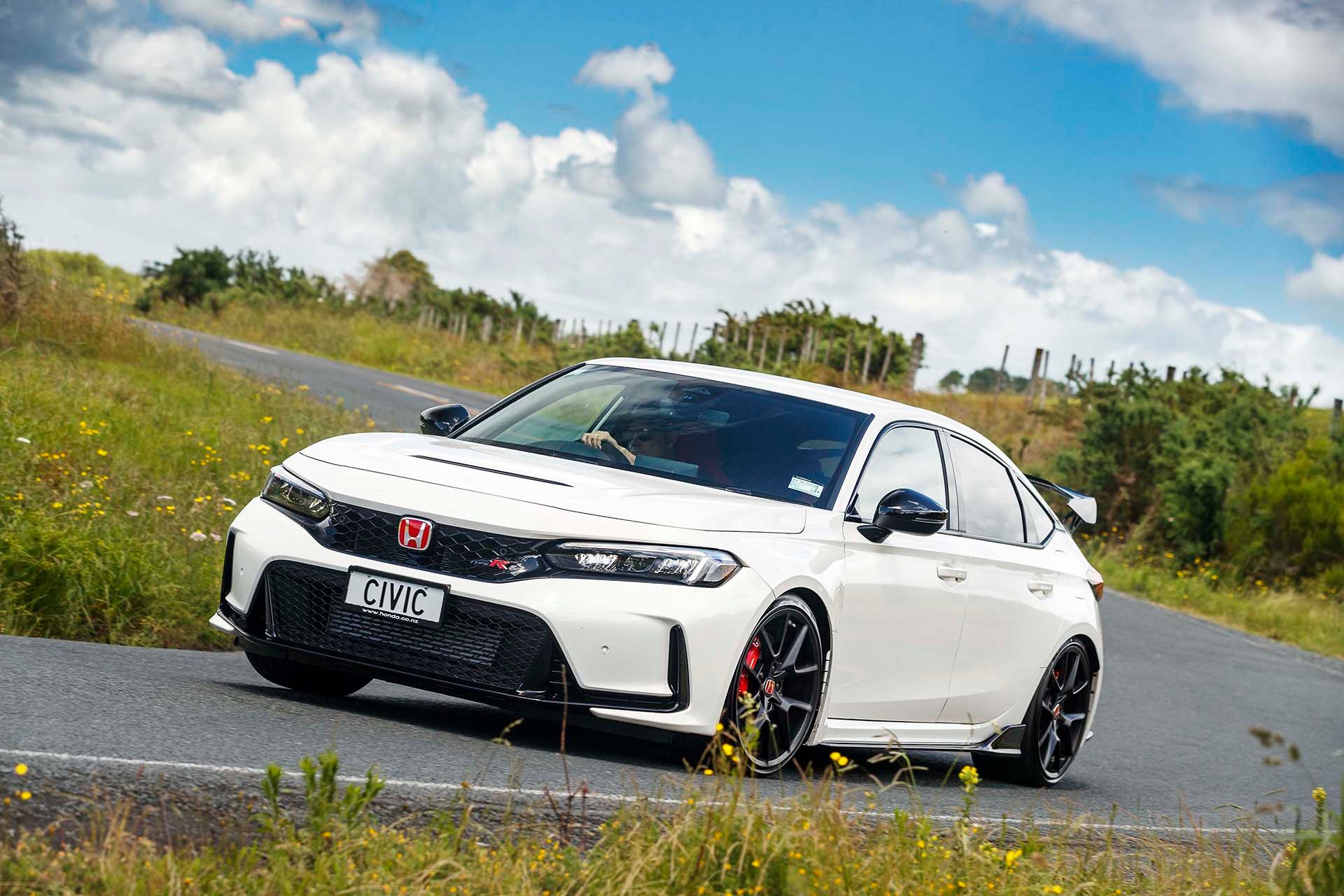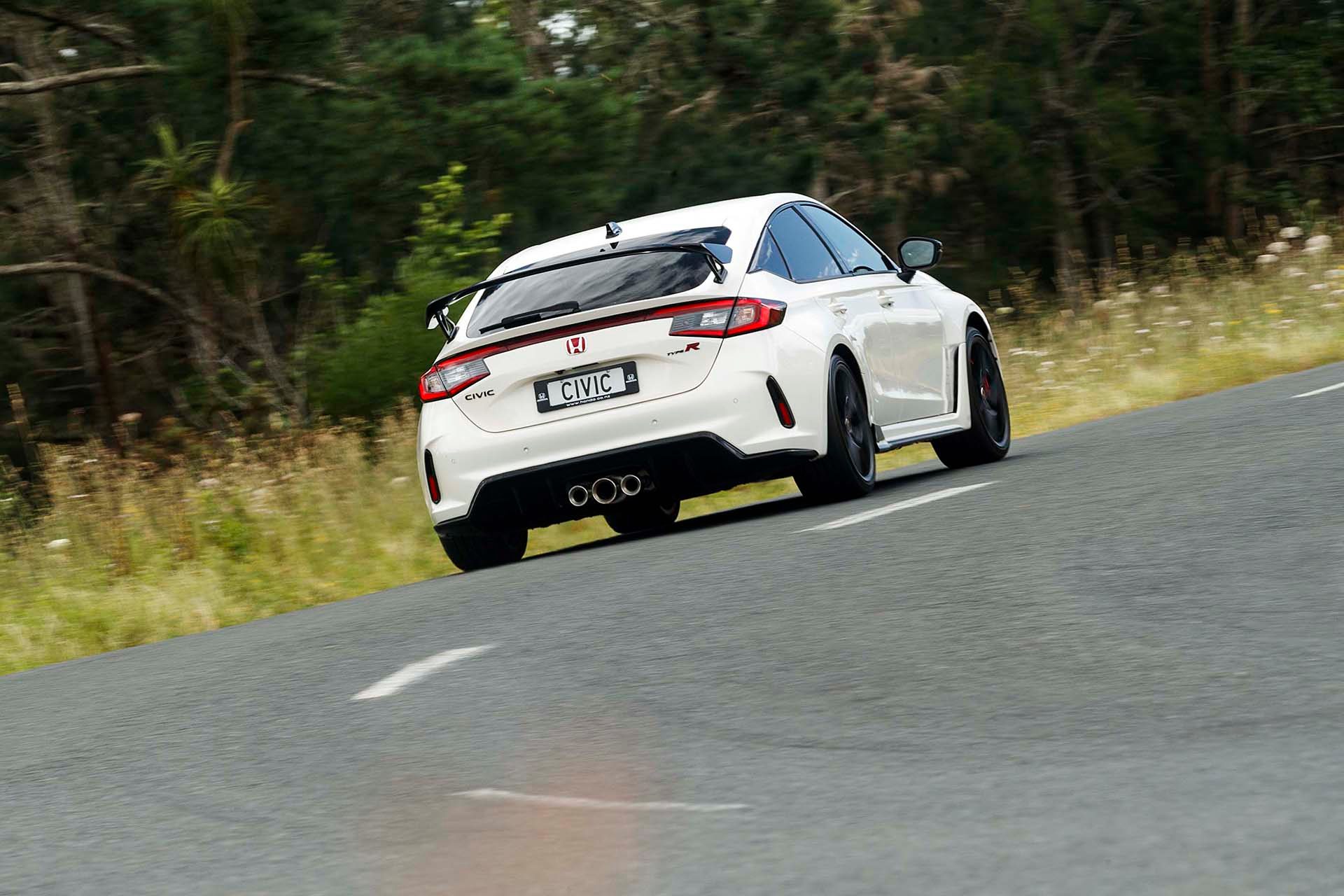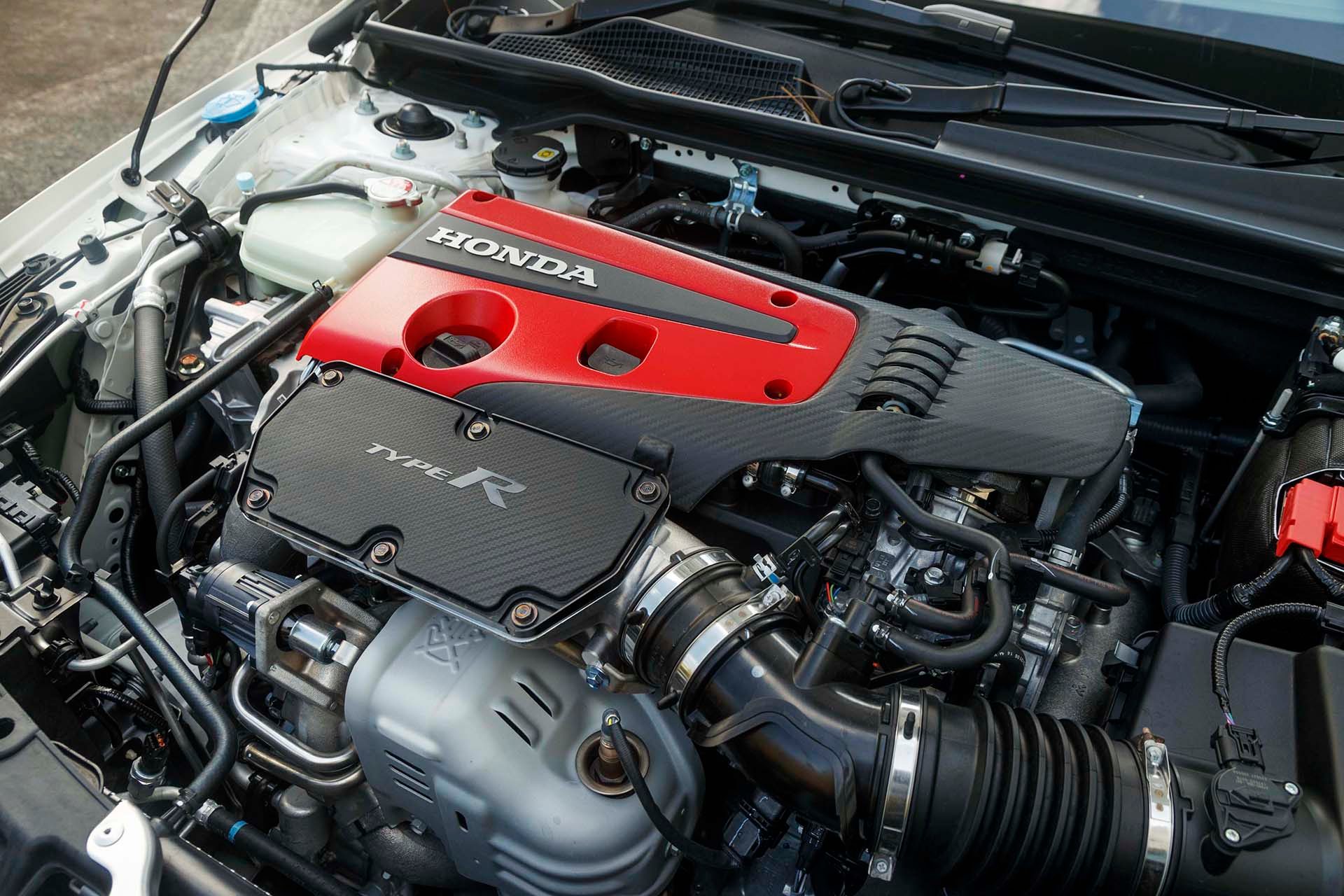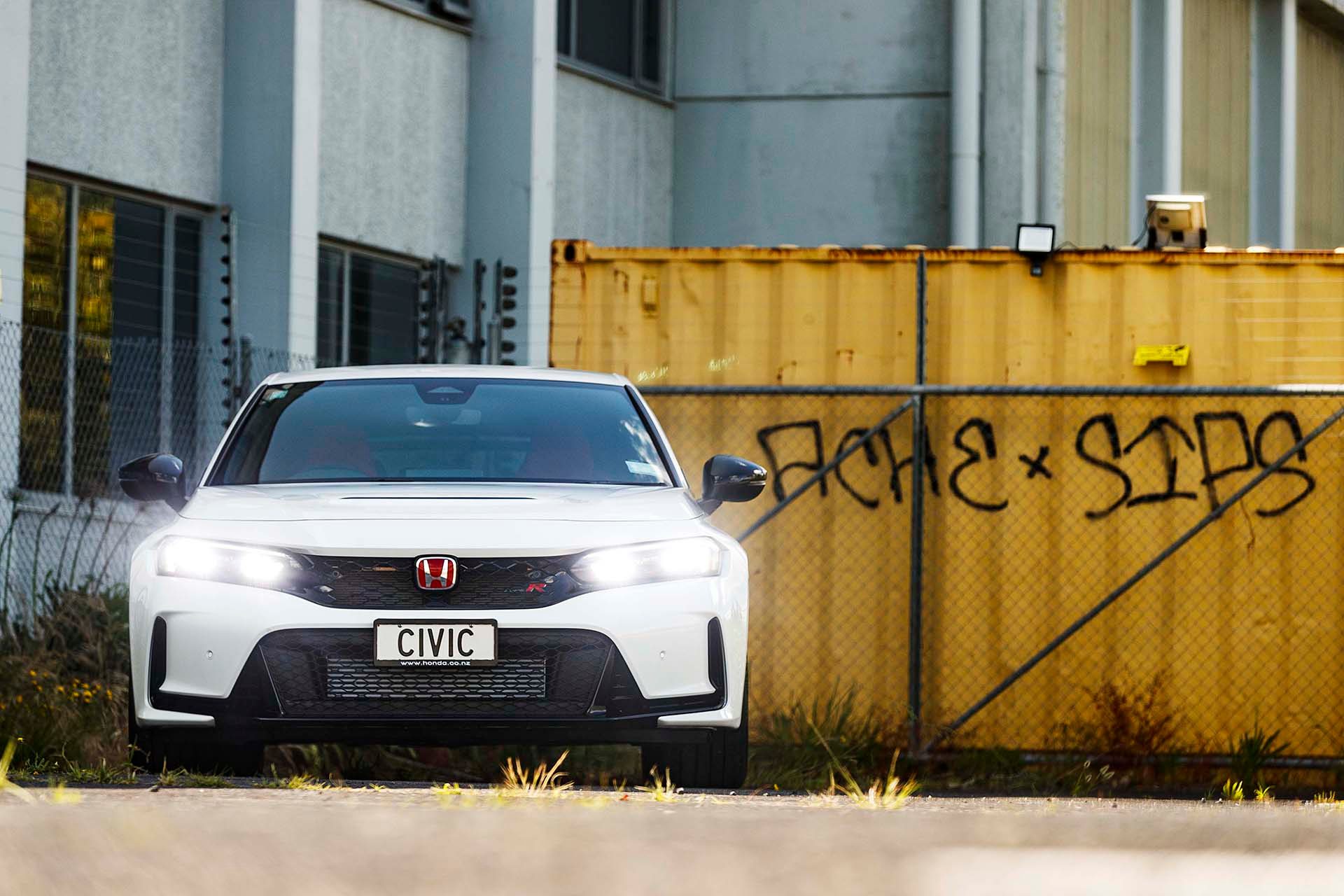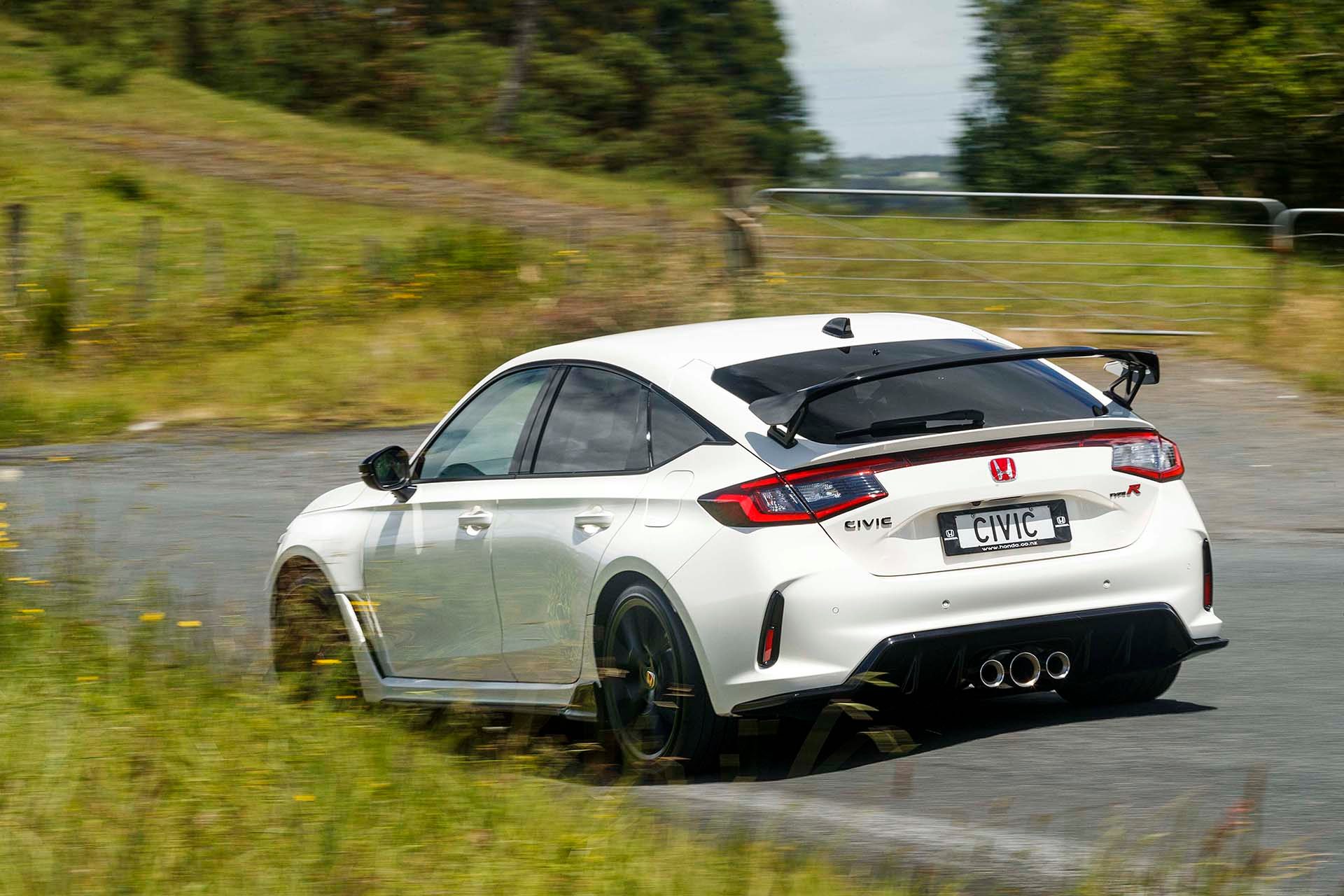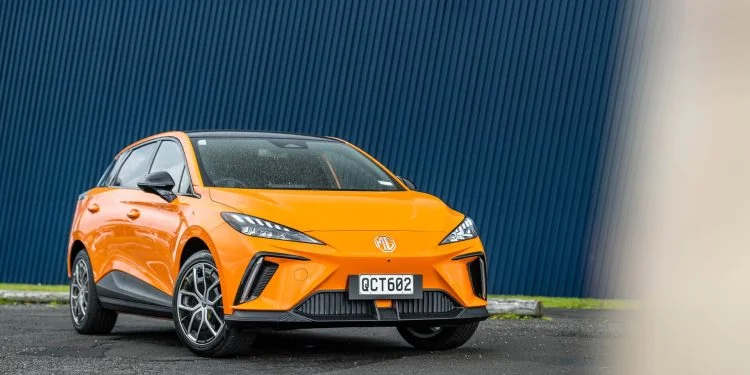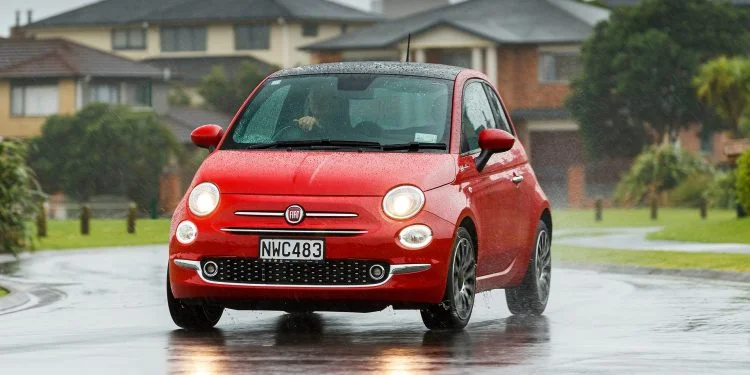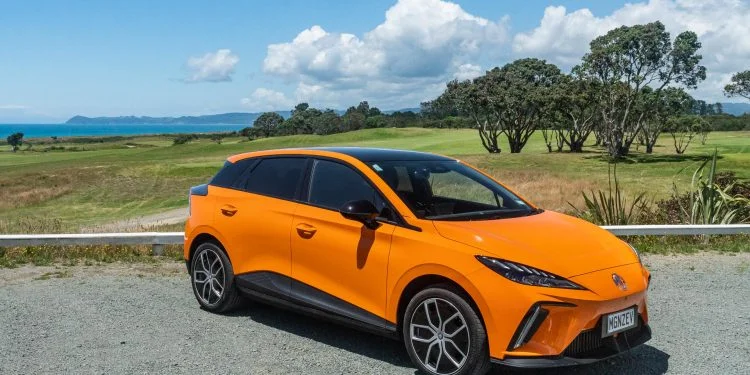2022 Honda Civic Type R review
Honda’s Civic Type R returns, honed and ready for action. Is it still the best example of a front-drive performance car?

Honda’s Civic Type R returns, honed and ready for action. Is it still the best example of a front-drive performance car?
The Honda Civic Type R has been through a few changes over its career. Some 25 years have passed since it first spun its VTEC off the tacho back in 1997. We recently drove one of these feisty fireballs, its 1600cc four spitting out 185hp in a fury of revs. The only way to drive it was at eleven-tenths. Talk about wild. Things have changed over the years but not much, for this latest R is just as raving, only it’s in another dimension of quick.
While highly evolved and thoroughly modern, that all-out attack mantra still resides at the heart of the R. It’s the front driver that vies for best in class in every aspect, especially lap times. The previous generation was locked in battle for circuit supremacy with Renault, until the French pulled the plug on fast cars, the Megane going electric and morphing into an SUV. Electrification hangs over all performance models, this Honda Civic Type R certain to be the last of the engine generation and sought after in years to come, so long as petrol doesn’t get any more expensive.
Not been paying attention?
Still goes hard then?
You bet. It’s even better, and the old one was no bunny. The Comfort and Sport modes return, as does R, while Individual is new, allowing drivers to mix and match settings. We tried a few combinations and settled on Sport for the engine, a good balance of quickened response and smooth progress, R being a tad too sharp. The steering we liked in full-heft R, giving the wheel a heap of resistance, helpful because this thing is a cornering weapon. The suspension is the biggie. R translates to ricochet on road, it’s unforgiving and can make motorway surfaces seem bumpy. So Sport then? It’s about perfect 70 per cent of the time, the tighter control of the mass in motion quickening the dynamic response, but the gnarlier bumps can rattle it. And so Comfort delivers the more yielding ride, and yet it’s still plenty sharp enough in the turns. We’ll take Sport for the engine sound thanks, where you can hear the induction note if not quite the exhaust. Unfortunately the blare of the tyre roar dominates. The R tune is augmented, something the marketing department felt duty bound to include, and it sounds like a swarm of cross wasps is trapped in the glovebox.
Driving nirvana then?
With those big new feet, there’s no traction issues when scurrying out of the bends, the LSD and front suspension geometry sorting the usual issues. There’s very little torque steer, though it can be guilty of tramlining, following the contours of the road under power. And if you’re in the stiff suspension mode, it’ll suffer bump steer.
Any quicker?
Yeah, but it’s not the fastest drag racer. It’s a front-drive manual, so what’d you expect? It’s hard work getting a decent run; you have to slip the clutch out with a few revs dialled in while trying to get the throttle down without hazing the tyres. A quick shift into second and it’ll just run to 100km/h in second gear. We clocked a 5.7sec run, about 0.2sec quicker than the old car, which was about the best we could manage on a coarse chip surface. It’ll run 80-120 in 2.9sec using third gear alone.
OK everyday?
The Comfort mode does the business around town, calming everything down to more manageable levels. However, being a track-tuned hot hatch, it’s tolerable rather than genuinely comfortable. There’s always a degree of tyre noise, the steering still with a reasonable heft to it and, though it has a quick ratio (2.1 turns between the stops), the turning circle is larger than desirable. Riding low, it can have a few ground clearance issues at the front too. With a hill holder function and a decent spread of torque, the manual is no hardship in traffic. It’ll pull third gear cleanly from 20km/h at 1000rpm, and you can skip shift. It could do with a better reversing camera as rearward vision is limited. But not because of the big wing, rather the nature of the hatchback. Some high mounted wings wobble away in the rear view mirror, but not this one, it’s rigid and high enough that you peer out underneath it.
Hard to get but
The Civic Type R is a hot ticket, and a sell out at present as the reservation process to get your hands on one has now closed. Allocation is said to be extremely limited for the $69,000 R (up from $61,990 when we last drove the old one in 2021) and there is a $2070 CC fee as well.
| Model | Honda Civic Type R |
| Price | $69,000 |
| Clean Car Discount | Fee + $2070 |
| Engine | 1996cc, IL4, T, DI |
| Power/Torque | 235kW/420Nm |
| Drivetrain | 6-speed manual, FWD |
| Fuel Use | 9.7L/100km |
| C02 Output | 222g/km |
| 0-100km/h | 5.72sec |
| 80-120km/h | 2.95sec (83m) |
| 100-0km/h | 33.70m |
| Stability systems | ABS, ESP, TV |
| Safety | AEB, ACC, BSM, LDW, RCTA, ALK, AHB |
| Luggage Capacity | 410L |
| Tow rating | not rated to tow |
| Service intervals | variable |
| Warranty | 5 years/unlimited km |
| ANCAP rating | not yet rated |
| Weight | 1446kg (claimed) |
This article was originally published on autocar.co.nz
Also consider
